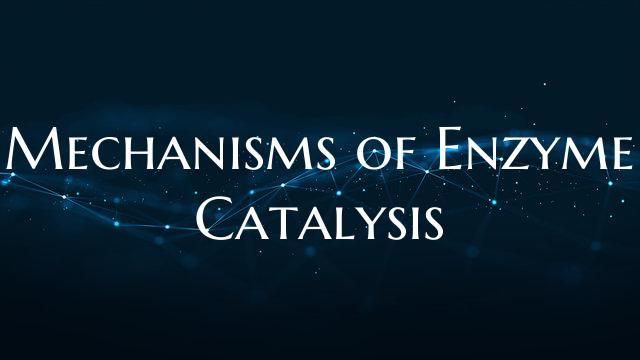Mechanisms of Enzyme Catalysis
Enzymes are protein molecules that act as biological catalysts, speeding up chemical reactions in living organisms. The mechanisms of enzyme catalysis involve several key steps that enable enzymes to facilitate reactions efficiently.
One crucial aspect of enzyme catalysis is the active site, a specific region on the enzyme where the substrate molecule binds. The active site has a unique shape that complements the shape of the substrate, allowing for precise molecular interactions to occur. This binding of the substrate to the enzyme forms an enzyme-substrate complex.
Once the enzyme-substrate complex is formed, enzymes lower the activation energy required for the reaction to proceed. They achieve this by stabilizing the transition state of the reaction, which is the highest energy state in the reaction pathway. By stabilizing the transition state, enzymes make it easier for the reaction to occur, thereby speeding up the overall reaction rate.
Enzymes can catalyze reactions through various mechanisms, including acid-base catalysis, covalent catalysis, and metal ion catalysis. In acid-base catalysis, enzymes use acidic or basic amino acid residues to donate or accept protons, facilitating the reaction. Covalent catalysis involves the formation of a transient covalent bond between the enzyme and the substrate, allowing for specific chemical transformations to take place. Metal ion catalysis utilizes metal cofactors within the enzyme's active site to facilitate the reaction by stabilizing charged intermediates or participating in electron transfer processes.
In addition to these mechanisms, enzymes may also undergo conformational changes during catalysis. Induced fit theory proposes that enzymes can undergo structural rearrangements upon binding to the substrate, optimizing the active site for catalysis. Conformational changes can play a crucial role in enzyme specificity and catalytic efficiency.
Overall, the mechanisms of enzyme catalysis involve a combination of substrate binding, transition state stabilization, and specific chemical interactions that enable enzymes to accelerate biochemical reactions with remarkable precision and efficiency. Understanding these mechanisms is essential for elucidating the complex ways in which enzymes function in biological systems.

